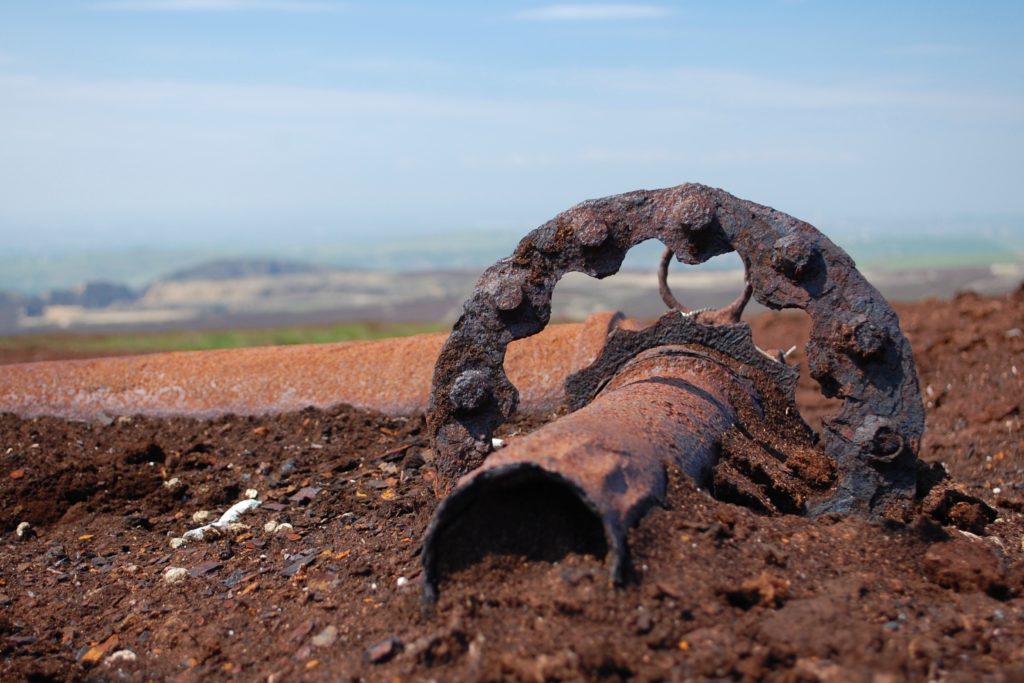United States Navy PB4Y-1 Liberator 63934
‹ Return to Test page

United States Navy PB4Y-1 Liberator 63934
18 December 1943.
Pilot Lt George H Charno, Jr, had taken his crew on a patrol of the Bay of Biscay, looking for U-Boats. However, due to deteriorating weather back in England , the mission was ordered to return. Heading back for base at RAF Dunkeswell near Exeter, Lt Charno had to overfly the base upon instructions from the ground. Lt Charno, according to some accounts, offered up his landing slot to another PB4Y-1 Liberator pilot based at Dunkeswell – Lt Joe Kennedy, brother of John F Kennedy, whose aircraft had less fuel.
Lt Kennedy was killed the following August while piloting a robot Liberator from Dunkeswell as part of Operation Aphrodite – remote controlled explosives packed Liberators that had to be manned to get off the ground, then control was taken over by the crew of another bomber while the skeleton crew baled out. Lt Kennedy’s Liberator exploded over Suffolk, 20 minutes into the flight. The death of the brother of the man who would become President was witnessed by Colonel Elliot Roosevelt, the son of the then current President, who was filming the operation from a de Havilland Mosquito.
Meanwhile with the weather getting worse, Lt Charno was directed to an airfield near Southampton. Various attempts were made at landing, but with the weather worsening, and proximity warnings from barrage balloons around Southampton sounding, it was a bad time for the radio to pack in.
Lt Charno decided to try further north, and turned Liberator 63934 towards the Midlands in the hope of finding an airfield in better weather conditions, after mistaking a lorry convoy with dimmed headlights for a runway and attempting to land on it.
With cloud covering the country and no hope of finding a clear airfield, and with the fuel gauges dropping lower and no radio, the crew finally prepared to bale out, very properly disarming the bombs on board first. Leaving through the bomb doors, all 11 airmen successfully parachuted down, not in Midlands as expected, but near the Wash on the East Coast; the Liberator had been pushed north and east by the wind.
The unmanned aircraft flew on 100 or so miles to the North West, crossing the Peak District and heading for Manchester. However, in the vicinity of Ashton, the Liberator was seen overhead, very low and heading back towards the hills. It would appear that the fuel to the starboard (right) engine had run out, causing the aircraft to lose height and turn in a circle and ultimately to crash harmlessly on this bleak moorland.

Edit; this page had been duplicated and the two comments copied below were originally on the duplicate page, which I have since deleted.
Susan Barber Clark wrote on 21 Nov 2014
My father, ACRM Boyd S Barber was a radioman on board that plane at the time of the incident. I don’t know too much about it other than he had quite a ride down when he parachuted out and ended up with some injuries. So good to see this story and the photo. I just wish he was still alive to be able to see this himself.
Brian Peterson wrote on 13 Feb 2017
I grew up hearing this story from my father, Douglas Peterson, as a first hand account. He bailed out in the rain and landed in a farmer’s field, uninjured but covered in mud. He made his way to the farmer’s house, who graciously put him up for the night and provided a dry set of clothes.
Dad was the radioman and navigator on many missions with Lt. Charno and finished his tour of duty, with his last mission over the channel on D-Day.
The link below is to a PDF documenting a fascinating account of a local man, a Mr Brian Thompson who unearthed a Mark 24 accoustic homing torpedo at the crash site in 1980.
2 comments on “United States Navy PB4Y-1 Liberator 63934”
Leave a Reply Cancel reply
Image Information
-
Full Size: 2769×1846px
Aperture: f/5
Focal Length: 32mm
ISO: 200
Shutter: 1/160 sec
Camera: NIKON D40

That’s a wonderful shot, Ian
Thanks Graham. Just been taking a look around your ipernity pages. Very interesting stuff those anti-tank defences.